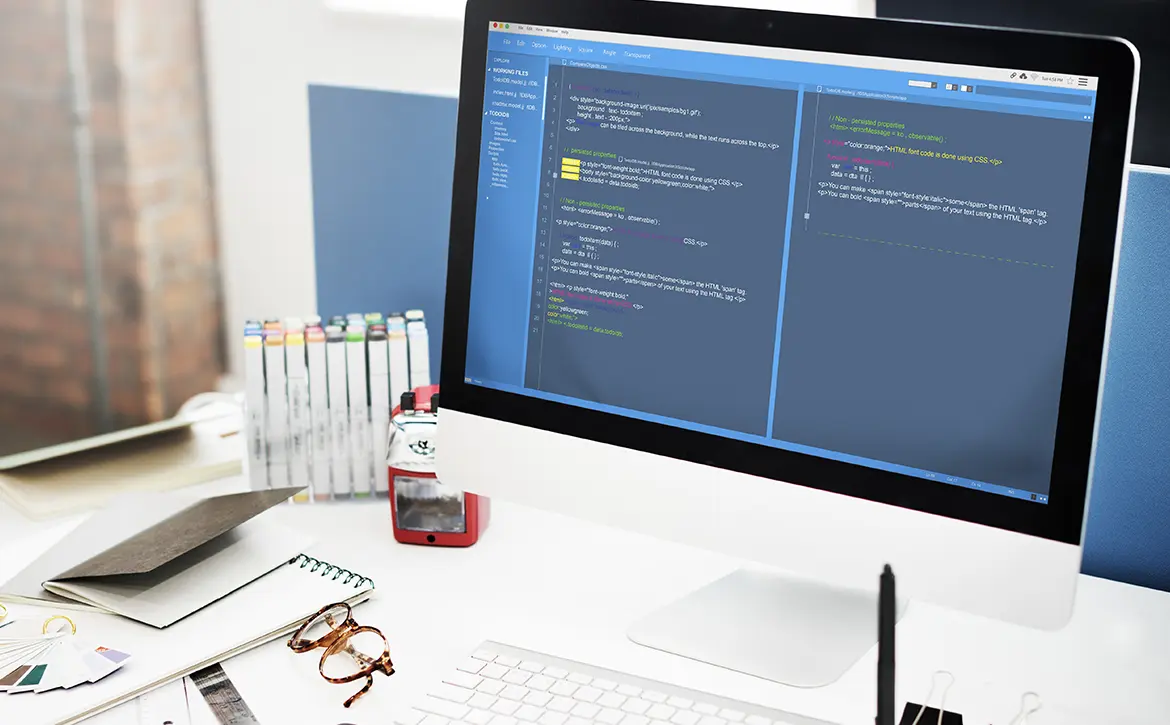The Importance of Code Quality in Web Development
Code quality is a crucial aspect of web development that often gets overlooked in the rush to deliver a project on time. However, it is essential to prioritize code quality to ensure the long-term success and maintainability of a web application. In this blog, we will explore the significance of code quality in web development and provide tips on how to achieve it.
Why Code Quality Matters
Code quality has a direct impact on the overall performance, scalability, and maintainability of a web application. Here are some reasons why code quality is vital:
- Efficiency and Performance: High-quality code is optimized for performance, which means it can handle a large volume of traffic and requests efficiently. This results in faster page loads, improved user experience, and better search engine rankings.
- Scalability: Code quality ensures that a web application can scale seamlessly as it grows. This means that the code can handle increased traffic, user engagement, and data without compromising performance.
- Maintainability: High-quality code is easier to maintain and update. This reduces the time and resources required for bug fixes, feature enhancements, and security patches.
- Security: Code quality plays a critical role in ensuring the security of a web application. Well-written code is less prone to vulnerabilities and can withstand attacks more effectively.
- Collaboration and Reusability: High-quality code is more collaborative and reusable. This means that multiple developers can work on the same codebase without conflicts, and the code can be easily integrated into other projects.
How to Achieve Code Quality
Achieving code quality requires a combination of best practices, tools, and a culture of continuous improvement. Here are some tips to help you improve code quality:
- Follow Best Practices: Adhere to established coding standards, such as those outlined in the PSR-12 PHP coding standard. This ensures consistency and readability across the codebase.
- Use Version Control: Utilize version control systems like Git to track changes, collaborate with team members, and roll back to previous versions if needed.
- Write Automated Tests: Write automated tests to ensure that the code functions as expected. This includes unit tests, integration tests, and end-to-end tests.
- Code Reviews: Conduct regular code reviews to identify and address issues early on. This includes peer reviews, code audits, and automated code analysis.
- Continuous Integration and Deployment: Implement continuous integration and deployment (CI/CD) pipelines to automate testing, building, and deployment of the code.
- Code Analysis Tools: Utilize code analysis tools like PHPStan, Psalm, or CodeCoverage to identify issues, improve code quality, and ensure compliance with coding standards.
- Code Refactoring: Regularly refactor code to improve readability, maintainability, and performance. This includes simplifying complex logic, removing redundant code, and optimizing database queries.
- Documentation: Maintain accurate and up-to-date documentation for the codebase. This includes comments, README files, and API documentation.
Conclusion
Code quality is a critical aspect of web development that can make or break the success of a project. By prioritizing code quality, you can ensure that your web application is efficient, scalable, maintainable, secure, and collaborative. By following best practices, using the right tools, and fostering a culture of continuous improvement, you can achieve high-quality code that meets the needs of your users and stakeholders.
